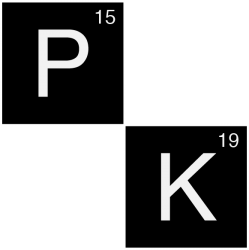“Kinetics resulting from saturable drug transfer, leading to variation of the standard kinetic parameters with drug concentration”
Description
Nonlinear kinetics is usually due to saturation occuring in one of the pharmacokinetic mechanisms: protein binding, hepatic metabolism, or active renal transport of the drug.
- Saturable elimination: above a certain drug concentration, the elimination rate tends to reach a maximal value. Once this maximum capacity is reached, there is no further increase in the elimination rate when plasma drug concentration increases. Therefore, in nonlinear elimination kinetics, the drug clearance decreases with increasing drug concentration.
- Saturable binding or reabsorption: above a certain drug concentration, drug protein binding or drug reabsorption in kidney tubules tends to reach maximal capacity. This leads to a disproportionate increase in the rate of elimination with increasing drug concentrations (e.g. with high doses of vitamin).
- Saturable absorption: above a certain drug concentration at the absorption site, there is no further increase in the absorption rate. Therefore, absorption rate constant and possibly bioavailability decrease with doses leading to concentrations at the absorption site above the maximal absorption capacity.
Clinical implications
For drugs with saturable elimination, an increase in dosage or dosage frequency can lead to a disproportionate increase in plasma drug concentration when the rate of elimination tends to reach its maximum capacity. Therefore, changing dose is difficult and unpredictable. Special caution should be taken when deciding to change the dosage regimen of such drugs, particularly if elevated plasma concentrations are associated with toxicity (e.g. phenytoin). On the other hand, for drugs with saturable absorption or tubular reabsorption, a change in dosage may lead to a less than proportional change in plasma concentration. This is important in evaluating the efficiency of a drug dosage regimen.
Chart Pharmacokinetics
Assessment
Saturable elimination (e.g. saturable metabolism of the drug) may be quantified by the Michaelis-Menten equation :
$$\text{Rate of metabolism}={Vm*\color{RoyalBlue}{Cu} \over Km+\color{RoyalBlue}{Cu}}$$
In case of intravenous infusion, the steady-state concentration in saturable kinetics can be determined by the following equation :
$$Cu_{ss}={Km*\color{pink}{Ro} \over {Vm-\color{pink}{Ro}}}$$
Vm = maximum rate
Km = Michaelis-Menten constant (drug conc. at which the rate of elimination is 50% of Vm)
Cu = unbound drug concentration
Cu ss = unbound steady-state drug concentration
Ro = rate of administration

